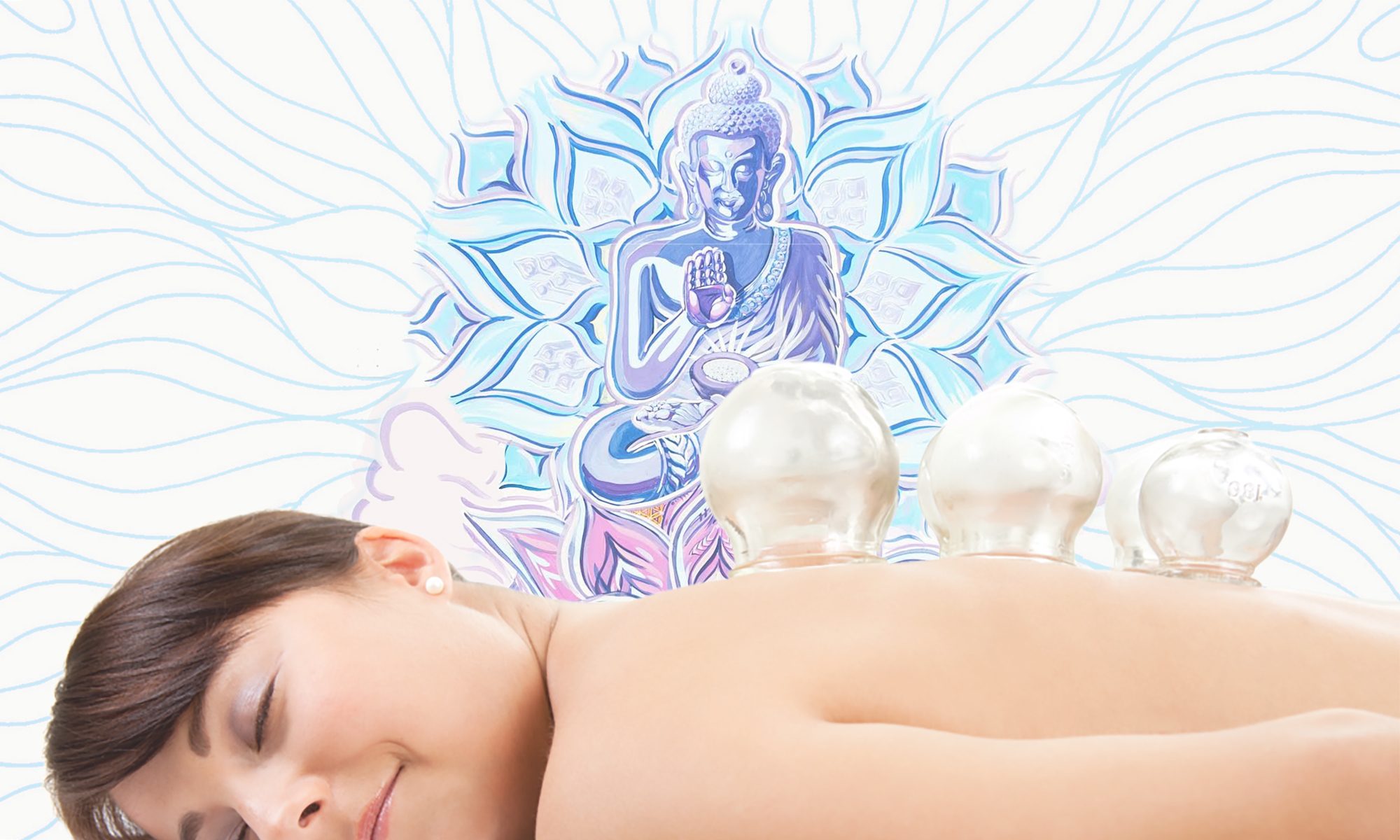
Tui Na or tui-na (pronounced twee-nah), “), which literally means “pinch and pull,” originated in ancient China and is believed to be the oldest system of bodywork. It’s one of the four main branches of traditional Chinese medicine, along with acupuncture, qi gong, and Chinese herbal medicine.
It’s based on the theory that imbalances of qi, which is the body’s vital life force or energy, can cause blockages or imbalances that lead to symptoms such as pain and illness.
Tui Na is not generally used for pleasure and relaxation, but rather it stimulates the flow of qi to promote balance and harmony within the body using many of the same principles of acupuncture.
Practitioners use it for many of the same reasons and according to the same principles as acupuncture, but practitioners use fingers instead of needles to apply pressure to stimulate these points. Tui Na massage is often used in combination with acupuncture to harmonize yin and yang in the body by manipulating the Qi in the acupuncture channels.
When is tui na used?
Tui Na is frequently used in the treatment of superficial trauma and injury and a wide variety of musculoskeletal problems. It is also often used when acupuncture is inappropriate, such as with children, and can be referred to as “Chinese pediatric massage therapy.”
TCM practitioners will frequently encourage and instruct patients to do self massage and certain exercises at home. This solidifies and expands the benefits created during treatment sessions. Self massage and stretching are considered important aspects of selfcare.
How does Tui Na Work?
The philosophy and principles of Tui na massage are based on traditional Chinese medicine, which focuses on emotional and physical components of a person’s well-being, as well as aspects such as climate, relationships, and diet. True health can be achieved when there is a balance between the self and the surrounding environment.
The goal is to create harmony in the yin and yang of the body by getting rid of blockages and disturbances that manifest themselves as illness, disease, and emotional issues.
The main therapeutic goal of tuina massage is to remove the energetic blocks that are causing qi stagnation.
What are the different Tui Na techniques?
During a session, practitioners may use pressure techniques that differ in force and speed. Tui na massage can be done as a stronger deep-tissue massage or a more gentle, energetic treatment.
Some techniques are more yin, which can be more gentle, passive, and meditative. The yang approach is more active, dynamic, and physical, creating strong sensations by stimulating deep blockages and knots.
The practitioner massages the muscles and tendons and uses manipulation techniques to realign the body. Passive joint movements are used to restore function to muscles and joints.
Depending on your practitioner as well as your specific needs, various techniques will be used in a session. To boost the effects of the treatment, herbal poultices or compresses, lotions, and salves can be utilized.
Tuina massage uses massage techniques such as acupressure, myofascial release, and reflexology. Sometimes, techniques that are common to osteopathy and chiropractic, such as stretching and joint mobilizations, are also used.
There are eight basic techniques used in tuina massage:
- palpating (mo)
- rejoining (jie)
- opposing (duan)
- lifting (ti)
- pressing (an)
- kneading (mo)
- pushing (tui)
- holding (na)
Other techniques include:
- Rolling. This is used for injuries such as sprains and strains.
- One-finger technique. This is one-finger stimulation of acupressure points.
- Nei gung. This is a full-body manipulation technique.
Watch this video for a demonstration of some of the tuina massage techniques:
What does it treat?
Tuina massage can be used to treat specific health concerns or areas in the body. Since it is considered to be an alternative treatment, as with most alternative treatments, it’s recommended that you talk to your doctor before using it to treat any medical condition.
Tui Na can be used to treat pain and illness, or to maintain good health. The technique is effective in reducing stress, encouraging relaxation, and deepening sleep. It’s often used for conditions and injuries related to the musculoskeletal and nervous systems.
Tui Na massage can treat:
- neck and back pain
- musculoskeletal disorders
- premenstrual syndrome
- fatigue and insomnia
- carpal tunnel
- headaches
- arthritis
- osteoporosis
- stress
- digestive conditions
- respiratory conditions
